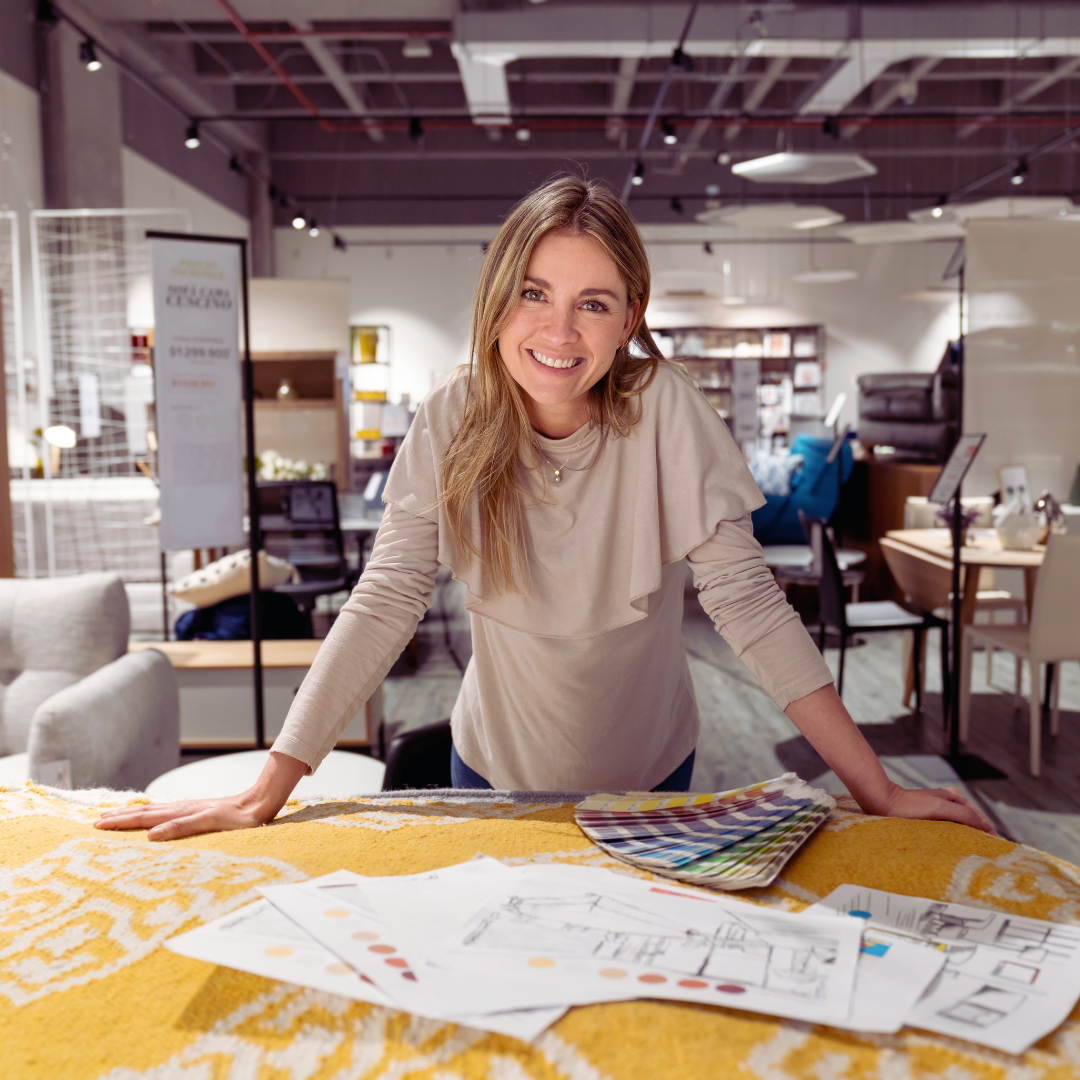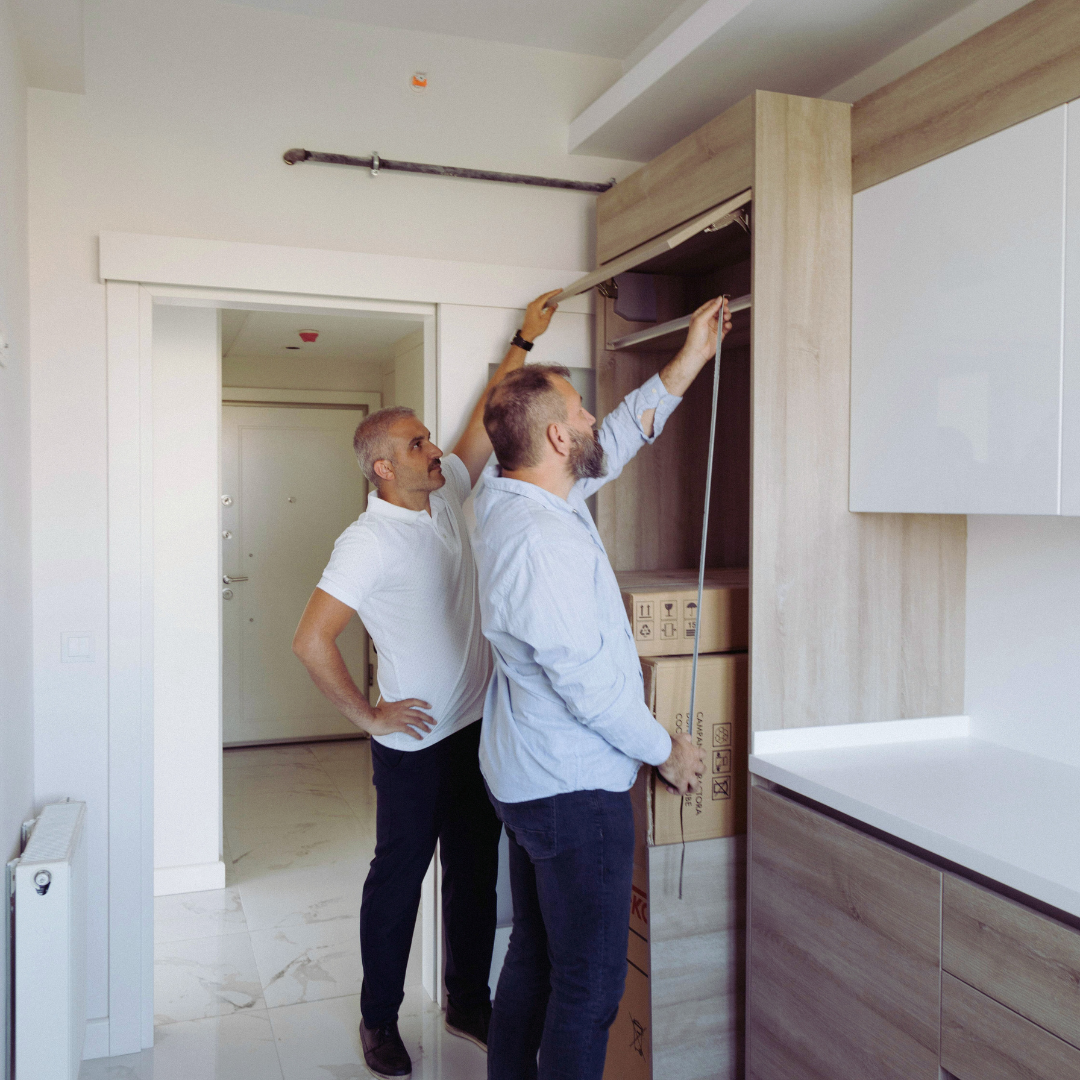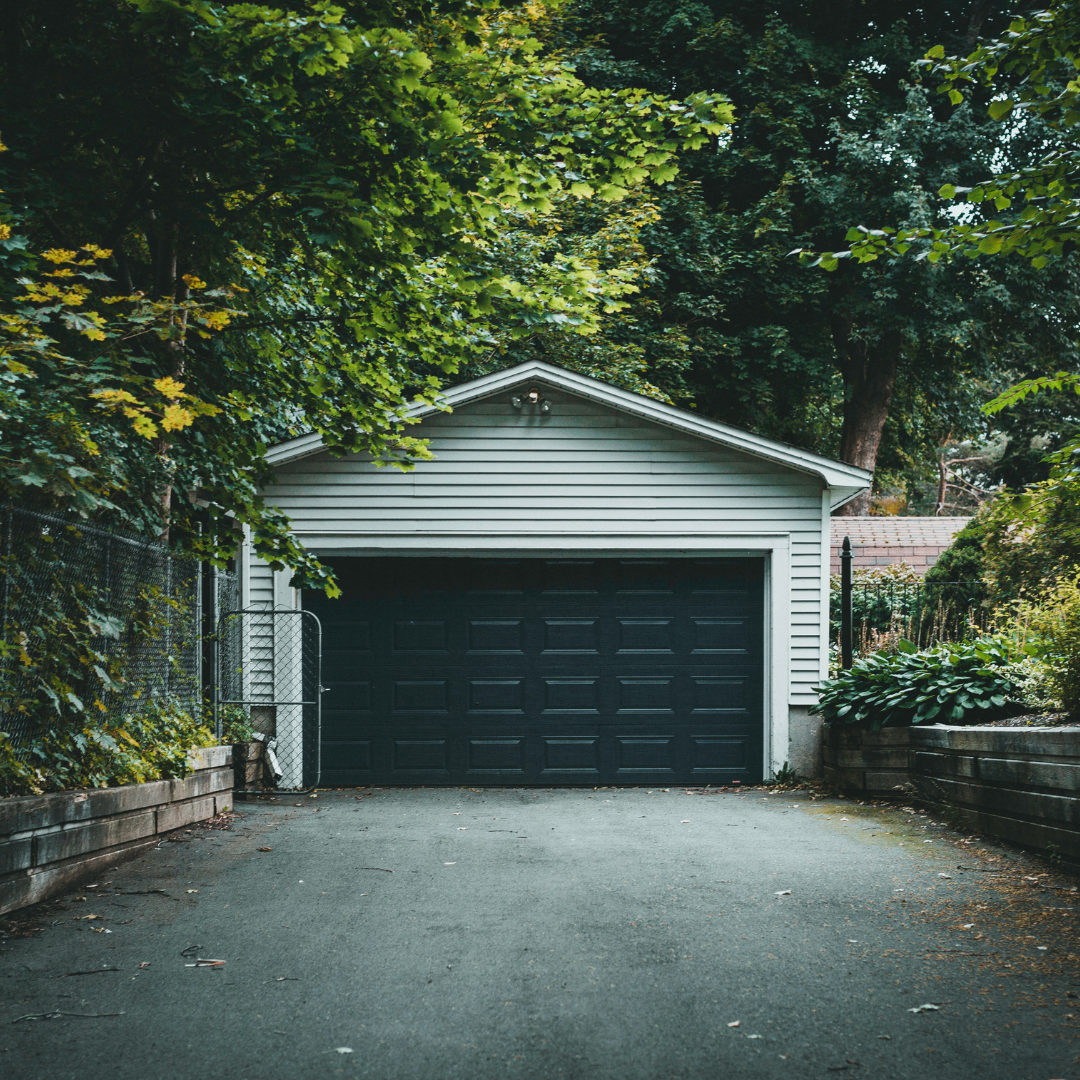Creating an accessible home that maintains aesthetic appeal is not only possible but essential for modern living. Designers can seamlessly integrate accessibility features with stylish elements by focusing on functionality and design harmony. This approach ensures that a home is welcoming and usable for everyone, regardless of their physical abilities.
Key considerations include choosing furniture that accommodates mobility, selecting appropriate lighting for visibility, and incorporating user-friendly layouts. Accessories and design choices can enhance the home’s overall look while supporting accessibility needs, proving that comfort and style can coexist.
With thoughtful planning and a keen eye for design, anyone can transform their living space into an inviting and accessible environment. By prioritizing inclusivity without compromising on style, they can create a home that truly reflects their personality and values.
Principles of Accessible Design Without Compromising Style
Designing a stylish and accessible home combines functionality, beauty, and usability. Adhering to specific principles can achieve this balance effectively, ensuring the living space appeals to all.
Understanding Universal Design
Universal design emphasizes creating environments accessible to everyone, regardless of age or ability. This approach incorporates features such as wide doorways, single-level living spaces, and adjustable countertops.
Implementing universal design involves thoughtful planning. For instance:
- Adjustable furniture allows users to modify height or orientation.
- Lever handles instead of knobs enhance usability for those with limited dexterity.
- Color contrast aids individuals with visual impairments, enhancing navigability without compromising aesthetics.
Considering these elements fosters a welcoming atmosphere.
Balancing Usability and Aesthetics
Integrating usability into design does not diminish aesthetics. Stylish fixtures and materials can lead to practical solutions. For example, selecting attractive, slip-resistant flooring ensures safety while appealing to design sensibilities.
Key strategies to achieve this balance include:
- Using multi-functional furniture, which serves aesthetic and practical purposes.
- Incorporating natural light through large windows, lending beauty while ensuring visibility.
- Choosing colors and textures that evoke warmth yet are easy to maintain.
Careful selection leads to spaces that are both beautiful and functional.
Prioritizing Functionality and Beauty
When designing an accessible home, functionality should be prioritized without sacrificing beauty. For example, thoughtful placement of shelves can ensure ease of reach for everyone while maintaining a clean, organized look.
Important considerations involve:
- Installing smart home technology for ease of use, allowing seamless control of lights and temperature.
- Inclusive kitchen designs feature appliances that are reachable and countertops that cater to various users, while employing elegant finishes.
- Curated outdoor spaces allow access and enjoyment, integrating ramps and textured walkways among beautiful landscaping.
These choices create a harmonious blend of style and accessibility.
Key Home Features for Accessibility With Style
Creating an accessible home that maintains aesthetic appeal involves thoughtful choices in features and materials. The following elements highlight essential aspects of accessible design while complementing stylish interiors.
Incorporating Grab Bars That Blend With Decor
Grab bars offer safety for individuals with limited mobility. When selecting grab bars, choosing finishes that match existing décor enhances visual appeal. For example, bronze or chrome options can complement modern or traditional designs alike.
Grab bars can be installed in various locations, such as bathrooms and hallways, while ensuring they are securely anchored. The design should feature decorative patterns or textures to contribute to the overall aesthetic. This way, the bars serve a crucial function without compromising style.
Choosing Walk-In and Roll-In Showers
Walk-in and roll-in showers provide outstanding accessibility while allowing for stylish design perks. These systems eliminate barriers, making them ideal for individuals with physical limitations.
Materials such as slip-resistant tiles and low-threshold designs elevate not only safety but also visual appeal. Customizable features like framed glass doors can be added, enhancing the overall look while maintaining functionality. Lighting options should also be considered to create an inviting atmosphere.
Stylish Flooring Options for Limited Mobility
Choosing the right flooring is essential in creating an accessible home. Options such as hardwood, vinyl, and laminate are suitable for those with mobility challenges. These materials provide a smooth, even surface that reduces the risk of trips and falls.
Another practical option for high-traffic areas is durable metal flooring, which can be especially useful where extra slip resistance and robustness are needed. For retrofit applications on stairs, ramps and other transition points, a thin checker plate provides a textured surface that helps prevent slips while remaining relatively lightweight and straightforward to cut to size. It can be fixed over existing substrates or used for bespoke treads and thresholds, offering a balance of safety and longevity. Specifying metal plates is often beneficial in utility zones or external approaches where wear and moisture are ongoing concerns.
Adding carpeted areas can be an ideal option to bring comfort to the living space. Even though surfaces like hardwood and vinyl can be excellent for ease of movement, going for a carpet des moines, or in a location of your choosing, can be an ideal flooring option for warmth and a soft feeling underfoot. They can also reduce the risk of slips, making them a practical choice for areas like living rooms and bedrooms.
Hardwood flooring provides a natural warmth and elegant appearance that many homeowners appreciate. Meanwhile, something like vinyl flooring Singapore can deliver durable and low-maintenance options that can closely mimic the look of real wood. Laminate flooring, on the other hand, is prized for its resistance to scratches and fading, making it ideal for high-traffic areas.
Designing for Every Stage of Life and Ability
Creating a home that caters to various life stages and abilities involves thoughtful design choices. These adaptations ensure comfort and functionality for all residents.
Adapting Spaces for Aging in Place and Disabilities
Designing for aging in place requires features that provide safety and ease of use. Key considerations include:
- Wide doorways and hallways to accommodate wheelchairs or walkers.
- Non-slip flooring to prevent falls, which often occur in slippery or uneven areas.
- Lever handles on doors and faucets for easier access, especially for those with limited hand strength.
- Adjustable lighting that can enhance visibility and reduce shadows, improving safety.
Incorporating these elements ensures an accessible home that meets the evolving needs of its inhabitants.
Meeting the Needs of Aging Parents
When planning for aging parents, designers should think about both independence and support. Essential features to incorporate include:
- Single-story layouts to avoid stairs, which can pose mobility challenges.
- Grab bars and handrails in bathrooms and staircases provide additional safety.
- Open-concept living areas that foster interaction while allowing for mobility aids.
- Smart home technology can enable remote monitoring and assist with daily routines.
Beyond these fundamental features, flooring choices also often play a major role in aging-in-place design. Durable, low-maintenance options like laminate flooring provide a smooth, even surface that reduces tripping hazards and supports mobility devices.
Many modern laminates also offer waterproof and slip-resistant features, making them ideal for bathrooms, kitchens, and other high-use areas. Furthermore, when looking for reliable options, consider searching for “flooring near me” to find trusted suppliers with a wide selection in stock.
Another valuable addition is motion-sensor lighting, which automatically turns on when someone enters a room, especially helpful at night to prevent disorientation or falls. Placing these in hallways, bathrooms, and entryways adds both convenience and safety.
Together, these thoughtful adjustments create a nurturing environment that prioritizes both functionality and comfort without compromising aesthetics.
Enhancing Interior Design for Accessibility
Creating an accessible home involves thoughtful interior design that prioritizes visibility and user comfort. By strategically enhancing lighting, utilizing natural sources, and incorporating decorative elements, it is possible to promote safety while maintaining an appealing aesthetic.
Lighting Solutions for Visibility and Safety
Proper lighting is crucial for accessibility and safety. Using LED bulbs provides bright, energy-efficient illumination. Opt for adjustable fixtures to allow for changes in brightness as needed.
Consider the following key features:
- Task Lighting: Direct light to specific areas, such as reading nooks or kitchen counters.
- Motion Sensors: Install in areas like hallways and bathrooms to automatically light up spaces when someone approaches.
- Dimmers: These allow users to control light levels, which can enhance comfort and focus.
Always favor fixtures that minimize glare and have a color temperature that feels warm and inviting.
Maximizing Natural Light and Mirrors
Natural light enhances mood and creates a sense of spaciousness. Here are a few strategies to amplify its presence:
- Window Placement: Utilize larger windows or skylights to flood the interior with sunlight.
- Transom Windows: These can be installed above doors for added light transmission without sacrificing privacy.
Mirrors play a pivotal role in reflecting light and creating an illusion of space.
- Placement Strategy: Position mirrors across from windows or light sources to maximize brightness in dim areas.
- Framing Options: Choose frames that align with the home’s design for a cohesive look.
This combination of natural light and mirrors significantly enhances both accessibility and aesthetic appeal.
Using Wallpaper and Decorative Elements
Wallpaper can transform a space while supporting accessibility. When selecting patterns, prioritize those with high contrast to assist individuals with visual impairments.
Key considerations include:
- Color Schemes: Choose colors that follow accessibility standards, such as contrasting colors for walls and furnishings.
- Durable Materials: Opt for washable wallpapers that can withstand wear and tear, especially in high-traffic areas.
Incorporating decorative elements such as textured art can provide visual interest without compromising safety.
- Avoid Clutter: Maintain open spaces to ensure clear pathways.
- Functional Decor: Use items like decorative cabinets that also provide storage, helping to keep areas organized.
This approach ensures that style and functionality coexist harmoniously within an accessible home.





Be the first to reply